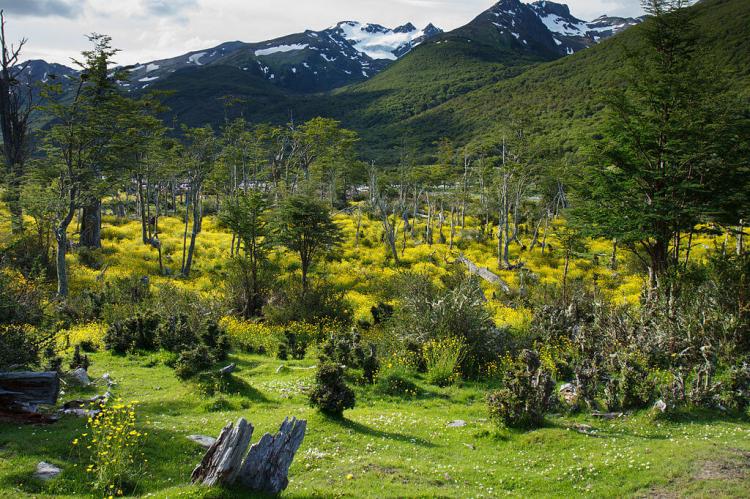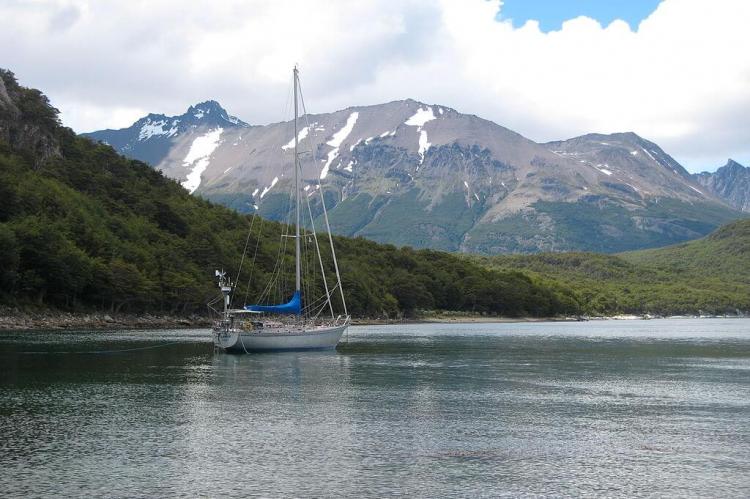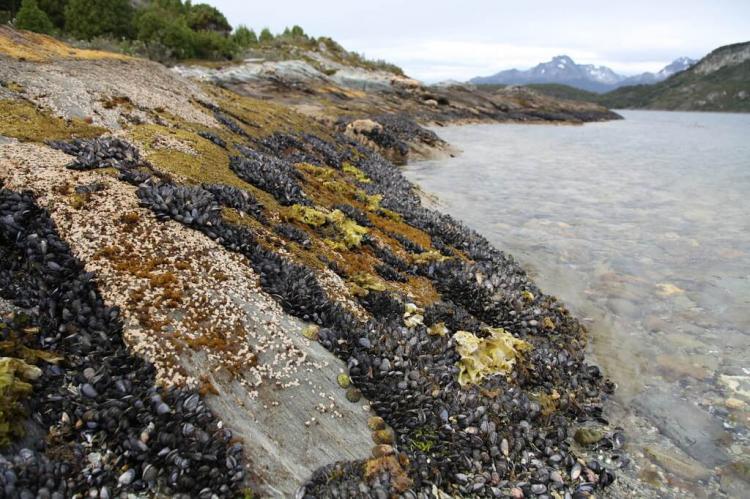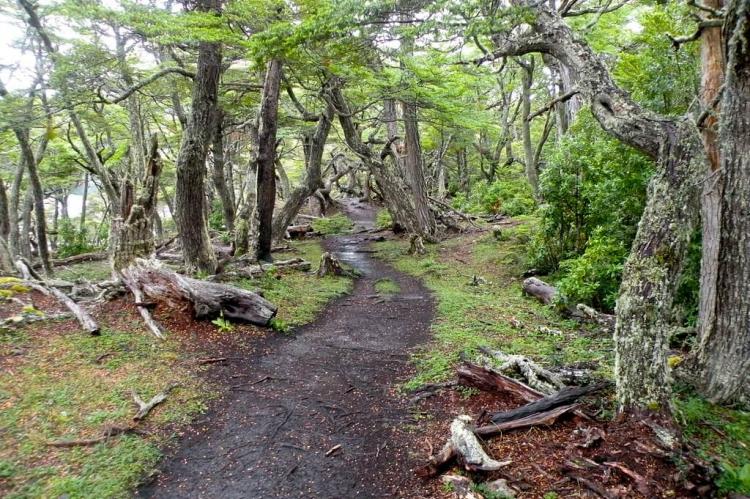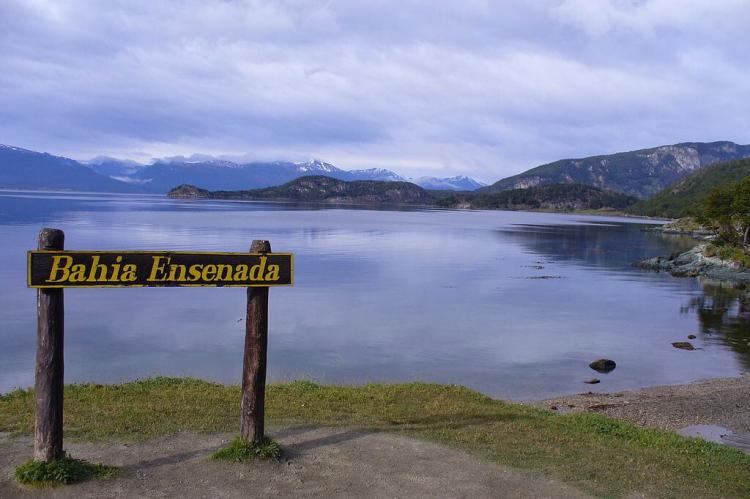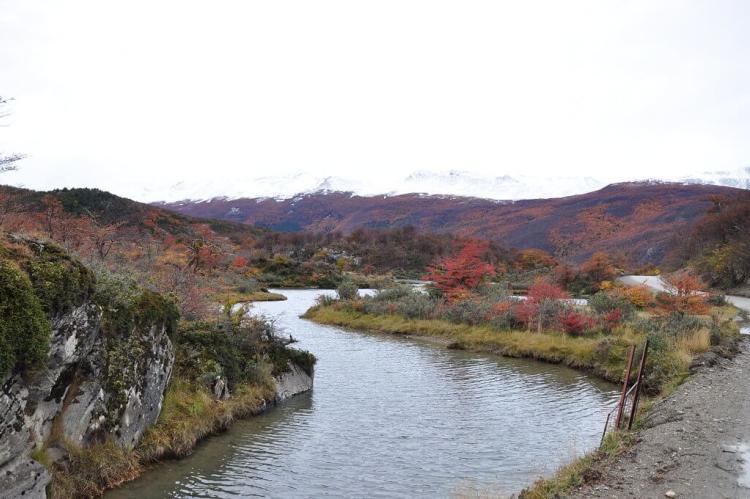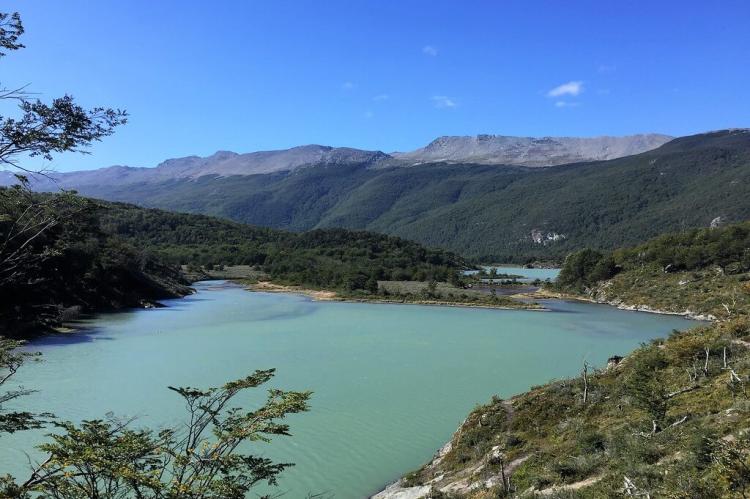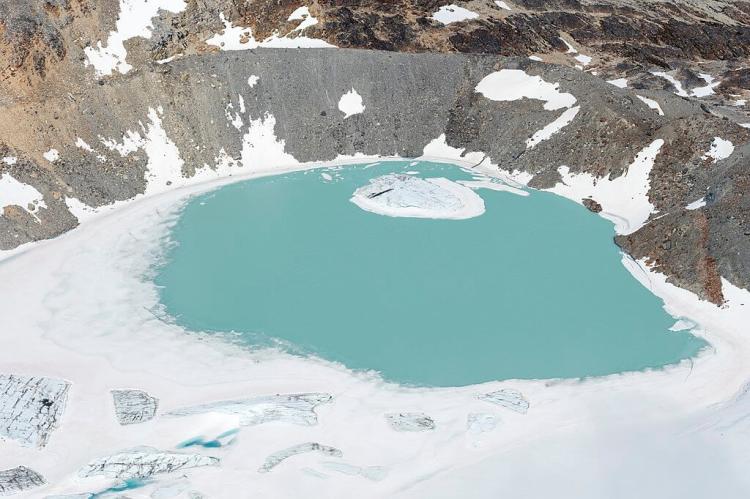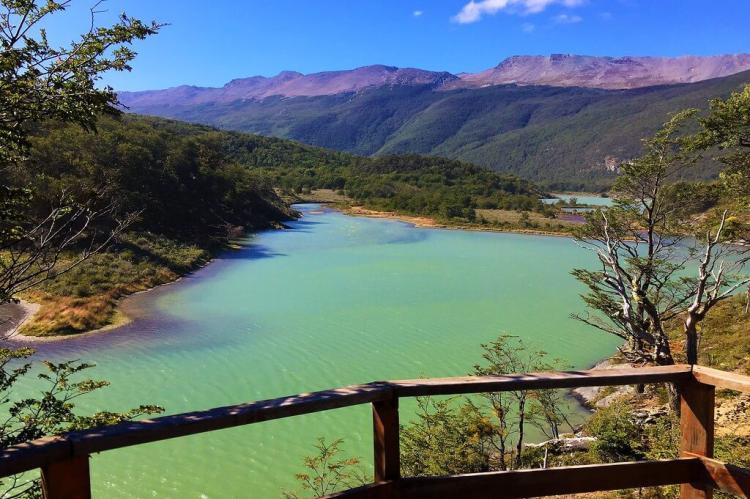Tierra del Fuego National Park: Argentina's Southernmost Natural Wonder
At the southernmost reaches of Argentine Patagonia, where the rugged landscapes of Tierra del Fuego converge with the pristine waters of the Beagle Channel, lies a natural paradise that has captured the hearts and imaginations of adventurers and nature enthusiasts alike.
Exploring the Untamed Beauty of Tierra del Fuego National Park
At the southernmost reaches of Argentine Patagonia, where the rugged landscapes of Tierra del Fuego converge with the pristine waters of the Beagle Channel, lies a natural paradise that has captured the hearts and imaginations of adventurers and nature enthusiasts alike. Tierra del Fuego National Park, Argentina's first shoreline national park, is a realm of breathtaking scenery, diverse ecosystems, and abundant wildlife with few equals on the planet. From the towering peaks of the Fuegian Andes to the ancient forests that blanket the valleys, this park offers a unique glimpse into nature's raw beauty and resilience at the world's edge.
A Coastal Wonderland
Shoreline Treasures and Dramatic Landscapes
Established in 1960 and later expanded in 1966, Tierra del Fuego National Park encompasses approximately 63,000 hectares (155,000 acres) of coastal, woodland, and mountain environments, stretching from the shores of the Beagle Channel to the banks of Lago Kami in the heart of Argentine Patagonia. This vast expanse of protected land is part of the Magellanic subpolar forests ecoregion, a unique ecosystem found only in the southernmost reaches of South America.
The park's dramatic landscapes are a feast for the senses, with cascading waterfalls, pristine lakes, ancient glaciers, and towering peaks that pierce the sky. The Fuegian Andes, an extension of the mighty Andes mountain range, provides a stunning backdrop to this natural wonderland. At the same time, the shoreline of the Beagle Channel offers unparalleled vistas of the pristine waters and rugged coastline.
Accessible Adventures and Historical Significance
Tierra del Fuego National Park is easily accessible from the nearby town of Ushuaia, the capital of Tierra del Fuego Province and often referred to as the "southernmost city in the world." Visitors can explore an extensive network of hiking trails and walking paths within the park's boundaries, including the Pampa Alta Trail, the Pipo River Waterfalls, the Coastal Path, and the Circuit Lengas.
The park is also home to the southern terminus of the Pan-American Highway, a legendary route that stretches from Alaska to the tip of South America. It also includes the El Parque station of the Southern Fuegian Railway, also known as the "Train to the End of the World," the southernmost functioning railway in the world. These historical and cultural landmarks add an extra layer of intrigue to the park's natural wonders, offering a glimpse into the perseverance and ingenuity of those who have sought to conquer this remote region.
A Tapestry of Ecosystems
Subantarctic Forests and Alpine Wonders
The diverse ecosystems of Tierra del Fuego National Park are a testament to the resilience of life in even the most extreme of environments. Visitors can immerse themselves in the lush subantarctic forests in lower elevations, dominated by towering trees such as the Antarctic beech, lenga beech, and coihue. These ancient woodlands are home to a wealth of animal species, including the elusive Huemul deer, the playful austral parakeet, and the iconic Magellanic woodpecker.
As one ascends into the higher reaches of the Fuegian Andes, the landscape transitions into the altoandina zone, where small bushes, cushion plants, and hardy grasses cling to the rocky slopes, creating a rugged and beautiful tapestry of color and texture.
A Botanist's Paradise
The park's diverse flora is a source of fascination for botanists and nature lovers alike. The IUCN has reported forests of southern beech species such as Nothofagus pumilio, N. antarctica, and N. betuloides, as well as a wealth of other plant life, including the vibrant Berberis buxifolia, the fiery-hued Embothrium coccineum, and the fragrant Drimys winteri, also known as winter's bark.
Peat bogs, formed by sphagnum moss and aquatic grasses, are found throughout the park, creating unique ecosystems where the slow-moving, acidic waters prevent decomposition. Flower varieties such as the calafate, chaura, and michay add splashes of color to the landscape, while the iconic "flag trees," shaped by the relentless winds, stand as sentinels over this rugged land.
A Haven for Wildlife
Thriving Fauna and Conservation Efforts
While human settlers introduced several non-native species to the region, such as the European rabbit, North American beaver, muskrat, and gray fox, Tierra del Fuego National Park remains a haven for diverse native wildlife. Guanacos, the iconic camelid of South America, roam the park's open spaces, while South American sea lions bask on the shores of the Beagle Channel.
The park's avian inhabitants are a true spectacle, with three species of sheldgeese – the upland goose, ashy-headed goose, and kelp goose – gracing the open areas and beaches. The majestic condor soars overhead while the Patagonian woodpecker and the aptly named Magellanic woodpecker make their presence known in the forests.
Aquatic life thrives in the pristine waters of the Beagle Channel, with scallops, moon snails, crabs, and fish species such as sardines, Falkland sprat, and merluza calling these waters home. Steamer ducks and cormorants can be seen gliding across the surface, while jellyfish concentrations add otherworldly beauty to the marine environment.
Conservation efforts within the park are ongoing. They aim to protect the delicate balance of these ecosystems and ensure that future generations can experience the wonders of Tierra del Fuego National Park in all their glory.
A Journey to the End of the World
Tierra del Fuego National Park is a true gem of Argentine Patagonia, where the forces of nature have sculpted a landscape of unparalleled beauty and wonder. From the ancient forests and rugged peaks to the pristine coastlines and diverse wildlife, this park offers a chance to experience the raw power and majesty of the natural world at the edge of the known world. Whether an avid adventurer, a nature enthusiast, or simply seeking a respite from the hustle and bustle of modern life, Tierra del Fuego National Park awaits—a true testament to the enduring spirit of exploration and the awe-inspiring beauty of our planet.
